Did you know that additive manufacturing (AM)has a variety of advantages over traditional manufacturing processes?
Not only does additive manufacturing give you the ability to consolidate assemblies into a single part, but you also gain freedom of design that’s unimaginable with many other manufacturing processes.
Here are 10 of the top benefits of additive manufacturing, along with some notable disadvantages.
What are the Advantages of Additive Manufacturing?
Additive manufacturing can offer your production a variety of benefits, including:
1. The consolidation of assemblies into a single part
2. The ability to improve existing part properties
3. Creating lightweight parts and assemblies
4. Unrivaled parts customization
5. Rapid prototyping and iteration of parts and assemblies
6. Waste reduction
7. Inventory stock reduction
8. Decreasing energy consumption
9. Being an ideal choice for producing high or low volumes of parts
10. Allowing for distributed manufacturing
What are the Disadvantages of Additive Manufacturing?
Along with all of the major advantages of additive manufacturing, there are several possible drawbacks of the technology, including:
Initial start-up cost
Post-processing requirements
Material limitations
Initial Start-Up Cost
One of the main obstacles facing the widespread adoption of additive manufacturing is the high cost of entry.
3D printers and associated software can be very expensive, especially for small businesses and hobbyists. In addition, there are ongoing costs associated with additive manufacturing, such as the price of materials.
Post-Processing Requirements
After a part is printed using additive manufacturing, there are often additional steps that need to be taken in order to prepare it for use.
This process, known as post-processing, can add additional time and cost to the overall manufacturing process. In some cases, post-processing can actually be more expensive than the printing itself. In addition, post-processing can be complex and time-consuming, requiring specialized skills and equipment.
Material Limitations
While there are a growing number of materials that can be used for AM, the selection is still smaller than what’s available for traditional manufacturing methods. This can limit the range of products that can be manufactured using AM, depending on your part requirements.
Additive Manufacturing: Innovative, Sustainable, Future-Facing
Additive manufacturing has revolutionized the way businesses manufacture products. From faster production times to greater design flexibility, there are many benefits to using additive manufacturing processes. If you’re not already taking advantage of these advantages, it’s time to consider making the switch.
Wondering if Additive Manufacturing makes sense for your applications? Get your checklist and find out today.
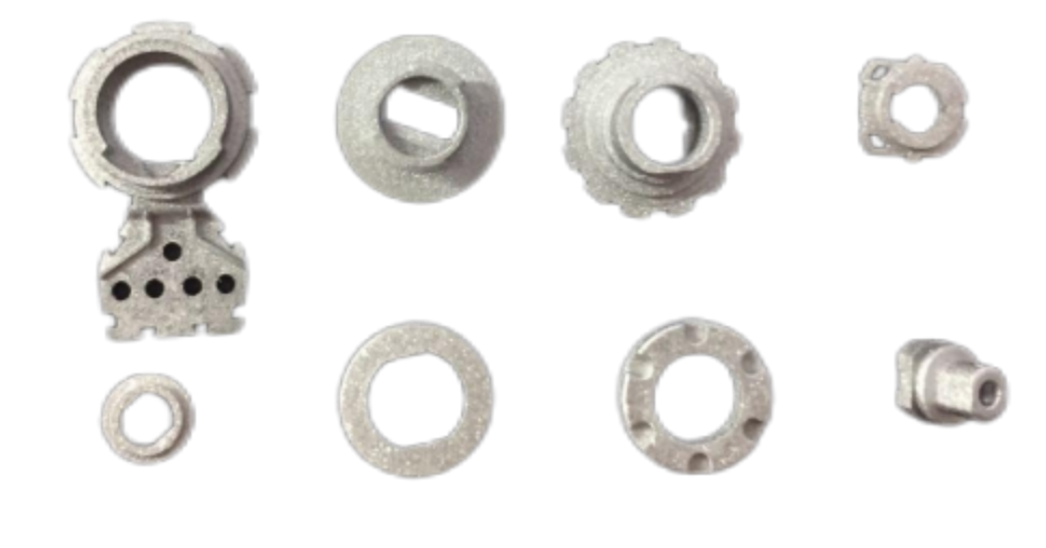
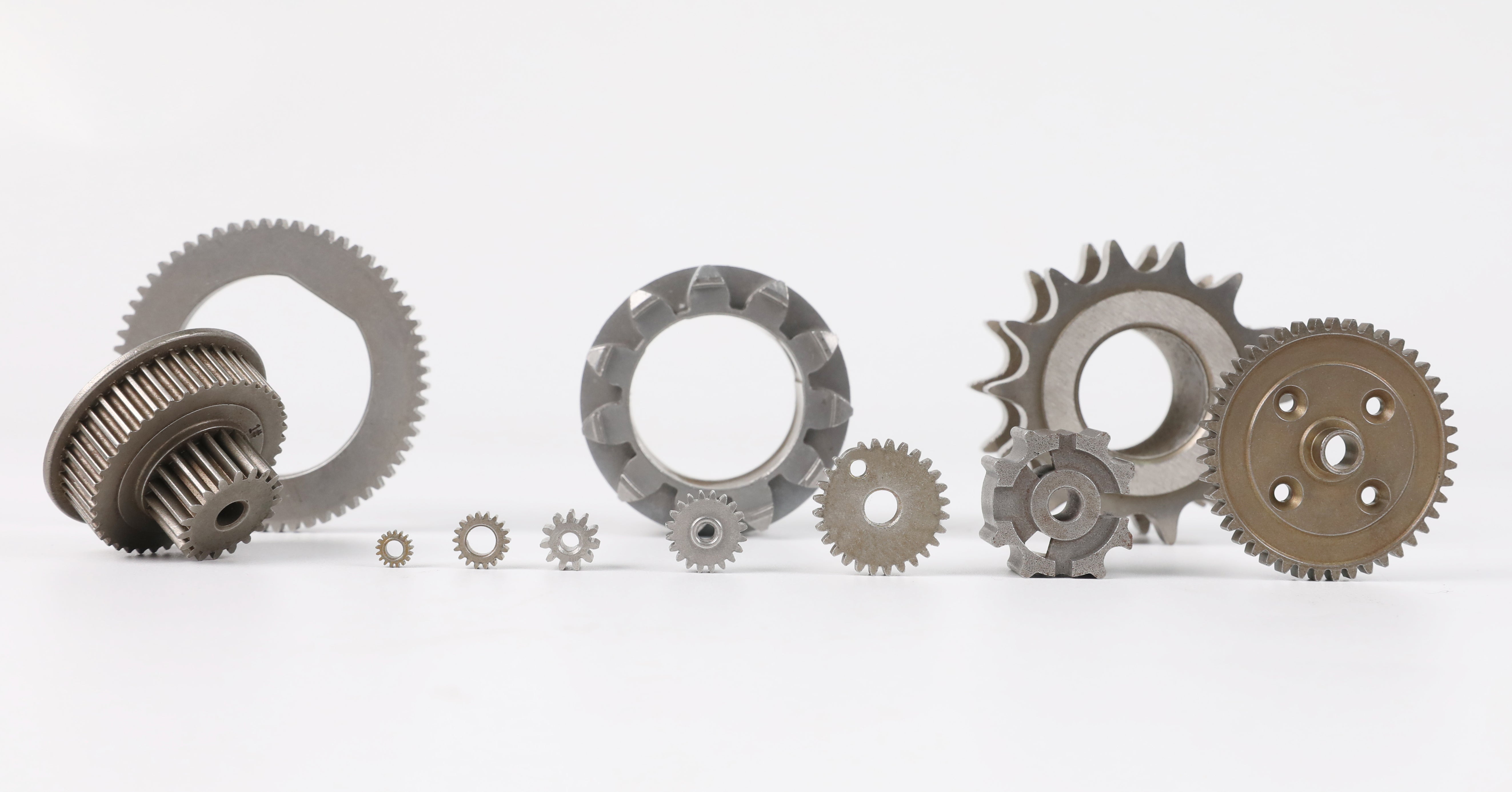




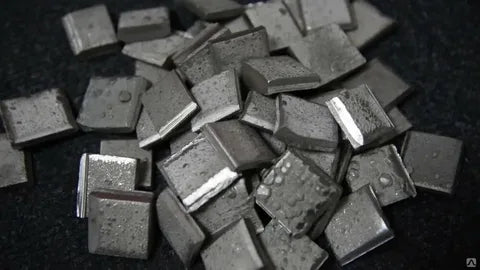
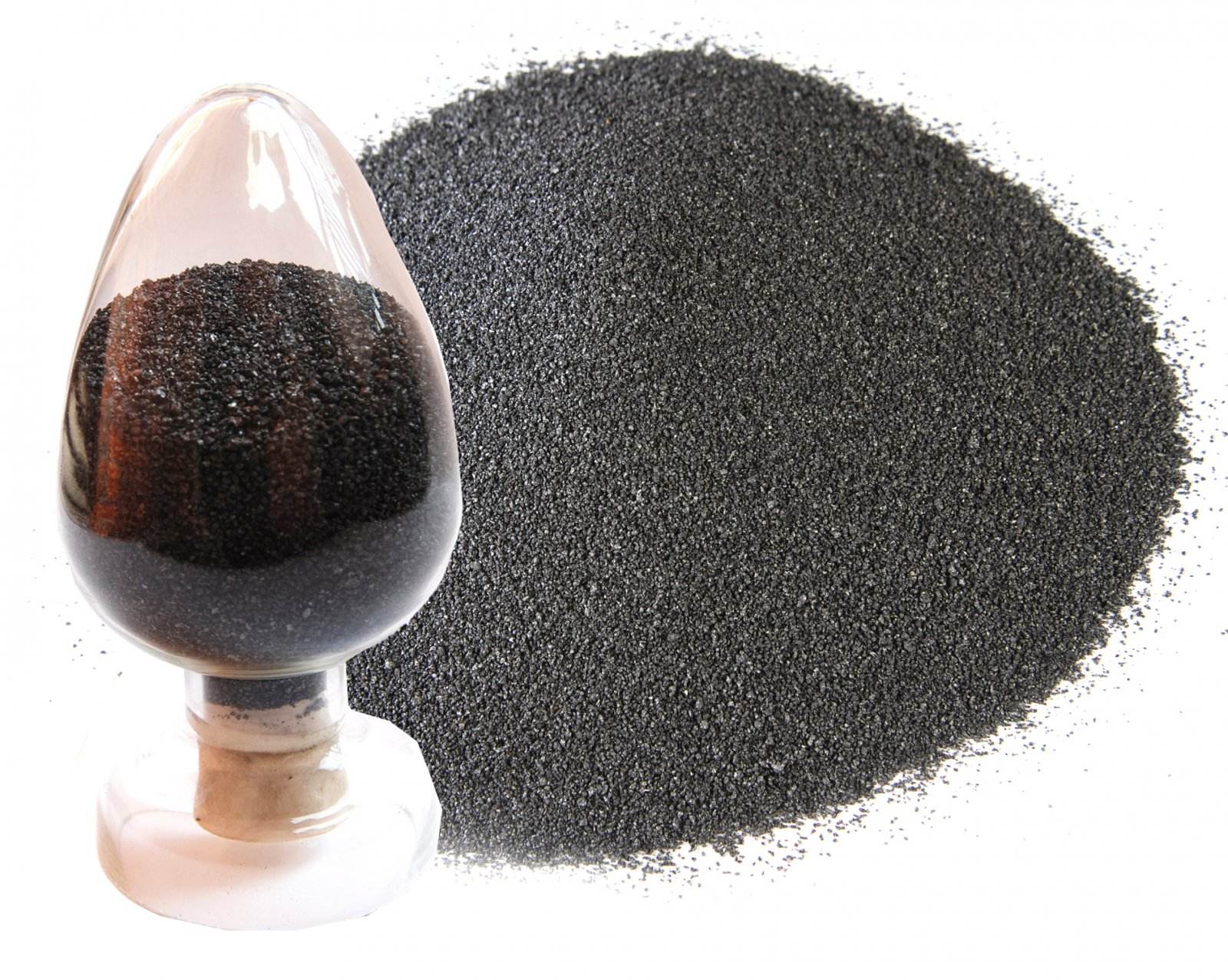

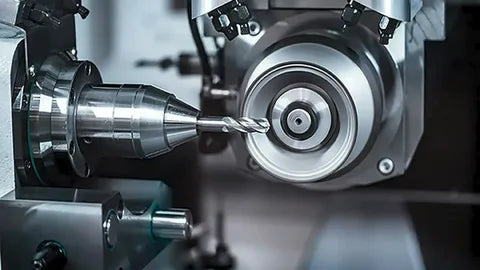



Share:
Using Metal Additive Manufacturing for Mass Production
Understanding Metal Injection Molding Costs for Parts & Tooling